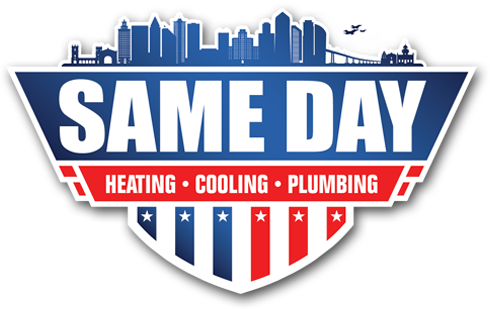Carbon Monoxide: Do You Know The Sources?
Did you know that there might be a silent killer making its way through your home? Similar to the problem with radon that we previously discussed, carbon monoxide (CO) poisoning is a very serious problem for many homes, with many not even knowing where it came from. Do you know what the sources of carbon monoxide in your home are? If not, you may want to read through our guide below. It is important to know how carbon monoxide can get into your home, the symptoms of carbon monoxide poisoning, and how to prevent it.
Sources of Carbon Monoxide In Your Home
So, how exactly does carbon monoxide get into your home? The gas will typically enter the home through fuel burning appliances. Carbon monoxide is produced whenever a material burns. Furthermore, if you have an attached garage at home, or have these fuel burning appliances, you are at greater risk of the gas entering the home. A few examples of these appliances are:
- Furnaces and heaters
- Clothes dryers
- Water heaters
- Fireplaces
- Gas stoves/ovens
- Cars and other gas-powered vehicles
- Grills
- Wood stoves
- Frequent cigar/cigarette use
Most homes will typically have one of these appliances and likely more. Simply owning one of these is not a cause for concern. It is just important to be aware of the gases they can release into your home. Because of this, it is important to have a carbon monoxide detector installed in your home to read the levels of CO in the air.
What Are the Signs of Carbon Monoxide in Your Home?
If you think that you or a loved one has been exposed to carbon monoxide, it is important to know the symptoms and the signs of it in your home. Some of the symptoms of poisoning include headache, shortness or breath/chest tightness, dizziness, drowsiness, and more. Meanwhile, there are a few signs that may help you detect a carbon monoxide leak in your home. If you notice black marks on the front covers of gas fires, heavy condensation built up on windowpanes near appliances, yellow/brown stains on and around stoves or heaters, frequently blown out pilot lights, and more, you may have a leak in your home. If you notice any of these, it is very important to get help immediately.
How To Prevent Carbon Monoxide Leaks
Like it is mentioned above, the best way to prevent carbon monoxide leaks from becoming dangerous and harmful is to have a CO detector installed in your home. Other ways that you can prevent carbon monoxide leaks from even happening is by ensuring that your home has proper ventilation, you are always safely using your appliances, and you are having regular maintenance done on your home’s appliances. That is where Same Day can help! Our certified expert technicians are always happy to help with any HVAC or plumbing problems you may have. We provide maintenance on a wide variety of home appliances, from water heaters to furnaces and more! Be sure to visit us today.
Works Cited:
